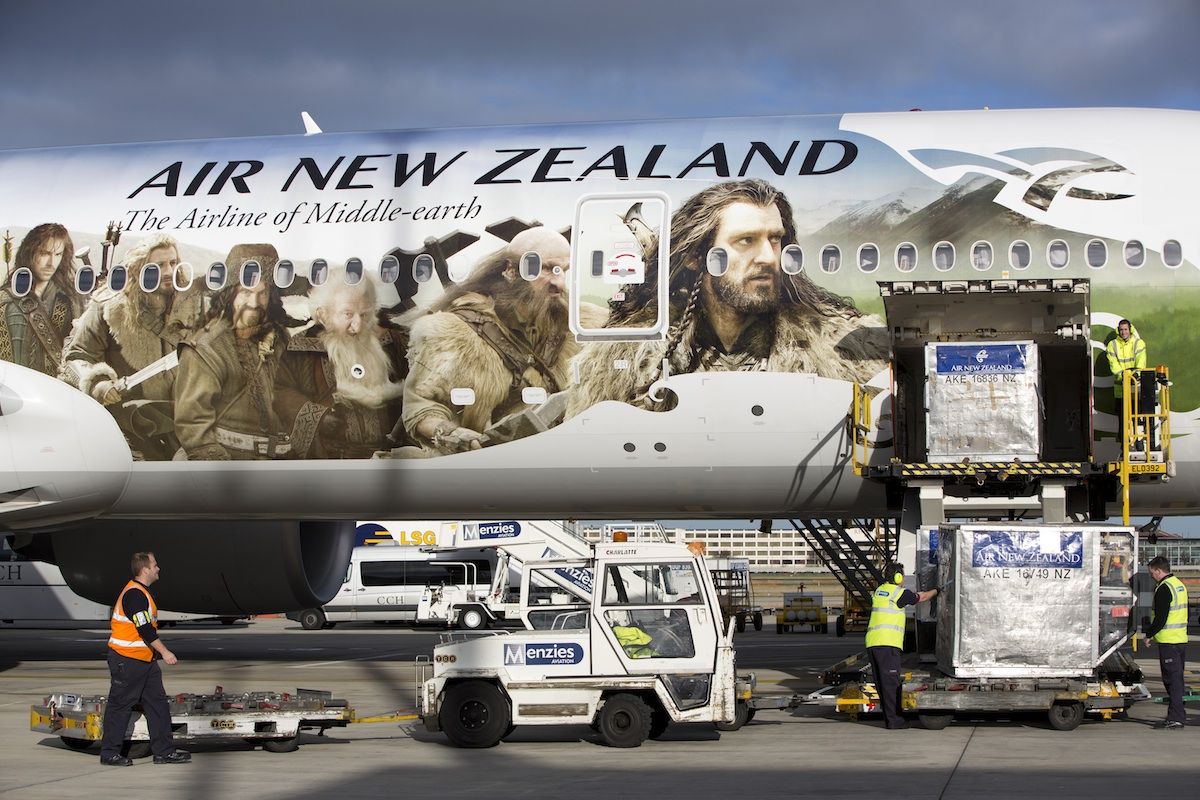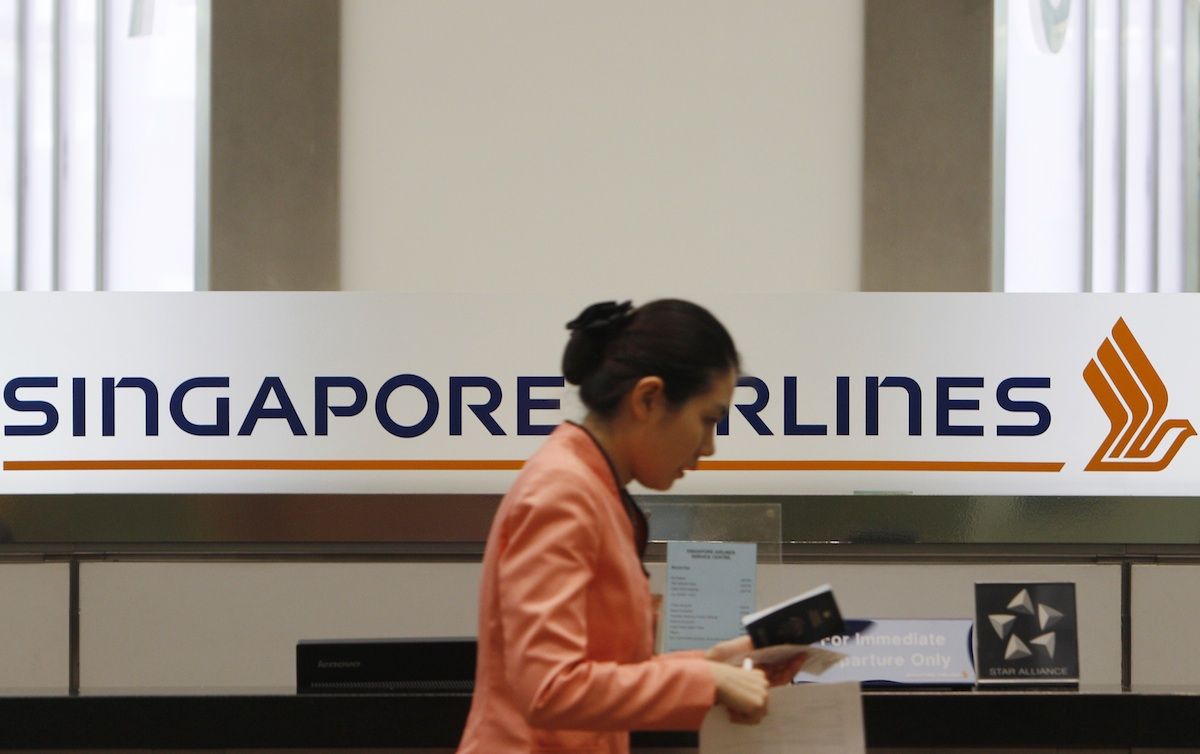World’s Safest Airlines In 2013 Found In Asia-Pacific, Middle East
Anyone with a fear of flying should consider this before boarding their next flight: 2013 was, by far, the safest year for air travel since the dawn of the jet age, according to new data from the Aviation Safety Network, or ASN, an independent organization based in the Netherlands.
Some 29 fatal airliner accidents resulted in a total of just 265 fatalities last year, making 2013 the safest year for number of fatalities and second-safest year for number of accidents. By comparison, the 10-year average for accidents and fatalities is 32 and 720, respectively.
“Since 1997, the average number of airliner accidents has shown a steady and persistent decline, probably for a great deal thanks to the continuing safety-driven efforts by international aviation organizations such as ICAO, IATA, Flight Safety Foundation and the aviation industry,” ASN president Harro Ranter noted.
The worst accident of 2013 occurred on Nov. 17 when a Tatarstan Airlines Boeing 737 crashed on approach to Kazan, Russia, killing 50. Beyond Russia, the entire continent of Africa remained the least safe for air travel in 2013, containing one-fifth of all fatal airliner accidents and just 3 percent of all world aircraft departures.
Europe and North America remained exceedingly safe last year, despite the fact that only one of the two continents’ carriers, Virgin Atlantic, earned seven stars for safety and in-flight product in a new ranking of the world’s safest airlines by safety and product ranking website AirlineRatings.com.
With a fatality-free record in the jet era (since 1951), Australian flag-carrier Qantas once again beat out 447 global airlines to top the AirlineRatings.com list. Website editor Geoffrey Thomas noted that Qantas had amassed an “extraordinary record of firsts in safety and operations” and had been a leader in introducing a host of technologies in the cockpit. “There is no question that Qantas stands alone in its safety achievements and is an industry benchmark for best practices,” he said.
Qantas was the first international airline to operate around the world service in 1958 with its Lockheed Super Constellations and the first to take delivery of the Boeing 707 outside the U.S. in 1959. Thomas said the Australian carrier was also among the first to pioneer long-range operations for twin-engine planes, use a flight data recorder to monitor performance and implement real-time monitoring of its engines using satellite communications.
Air New Zealand joined Qantas on top of the list, as did fellow Asian airlines All Nippon, Cathay Pacific, Eva Air and Singapore Airlines. Middle Eastern carriers Emirates, Etihad Airways and Royal Jordanian also received seven stars for safety and in-flight product, rounding out the top 10.
In creating its list, AirlineRatings.com took into account a number of different factors, including audits from aviation governing bodies and lead associations, as well as government audits and the airline’s fatality record. Some 137 of the 448 airlines surveyed received the top seven-star safety ranking -- a testament to the industry’s stellar safety record. Yet, there remains a stark divide between the top-tier carriers and their underperforming counterparts.
Nearly 50 airlines received safety rankings of just three stars or less. Afghan Airways (Afghanistan), Daallo Airlines (UAE), Eritrean Airlines (Eritrea), Lion Air (Indonesia), Merpati Airlines (Indonesia), Susi Air (Indonesia) and Air Bagan (Myanmar) all received just two stars, while Kam Air (Afghanistan), Scat Airlines (Kazakhstan) and Blue Wing Airlines (Suriname) earned the dubious title of world’s least-safe airlines with just one star apiece.
All three one-star carriers are banned from flying within the EU. While the U.S. doesn’t blacklist individual airlines, it does issue a public list of nations that it judges to fall short of international aviation safety standards. That list includes Indonesia, Serbia and the Philippines, among others.










© Copyright IBTimes 2024. All rights reserved.






















